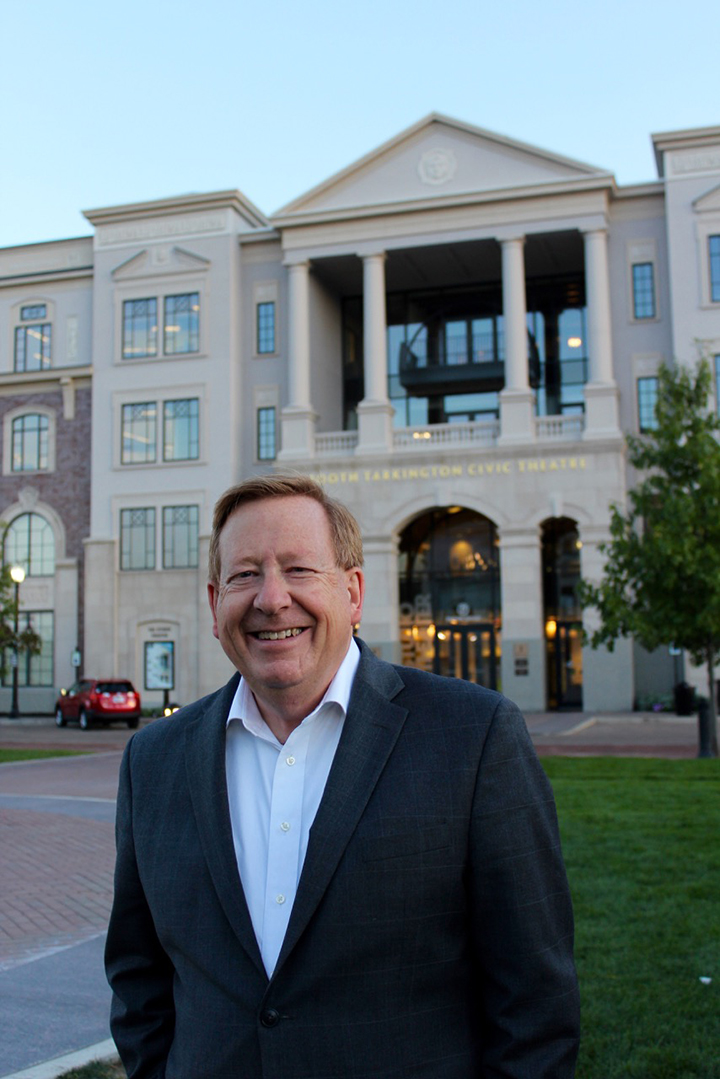In the past 20 years, the City of Carmel has seen its population nearly triple from 31,808 in 1996 to 91,374 in 2016. And the growth isn’t slowing. A recent study by the IU Kelley School of Business’ Indiana Business Research Center found that Carmel led the state in growth in 2016 with the addition of 2,977 people.
How big could Carmel get one day?
“If we continue to grow at 2 or 3 percent a year, we will probably be at 110,000 by the 2020 census,” Carmel Mayor Jim Brainard said. “The market really decides our population growth, not the government.”
And someday the city could be home to 160,000 residents, Brainard said.
Some of the growth has been through annexation, but Brainard said much of it is because of new housing units. Brainard said Carmel could have a larger population in the future depending on the size of new apartment and condominium buildings.
“It depends on how we build,” he said. “I really don’t want to go over five stories anywhere.”
Brainard said he’s not concerned that the city will eventually become too crowded or dense.
“We’re 49 square miles with Home Place,” he said. “The Island of Manhattan is 27 square miles, and they’re 2 million people. We could get to 160,000 people one day.”
Brainard said there is no target goal for population. He said financial projections are based on population growth, but he isn’t relying on extreme growth to meet tax projections to pay for debt.
“It’s not about numbers,” he said. “It’s about having a beautiful city where people can easily get around. It’s not about having more than the next town.”
Two issues that often come into play with high population growth are overcrowded schools and traffic congestion. Brainard said the national trend is for people to have fewer children. As a result, Carmel Clay Schools projects flat attendance numbers in the future. As for roads, Brainard said roundabouts have eased congestion.
“We’re far, far ahead of the game,” he said. “One day we will, though, look at public transit in the urban core.”
In some cases, new roads and roundabouts are being built to accommodate work-day traffic. For example, two one-way roads on both sides of the Monon are designed to ease traffic near the corporate headquarters being built in the Midtown area, which will include hundreds of Allied Solutions employees. If all those employees leave work at once, it could create a backup, even with roundabouts, so Brainard said he’s talked to local companies to encourage staggered start and leave times.



